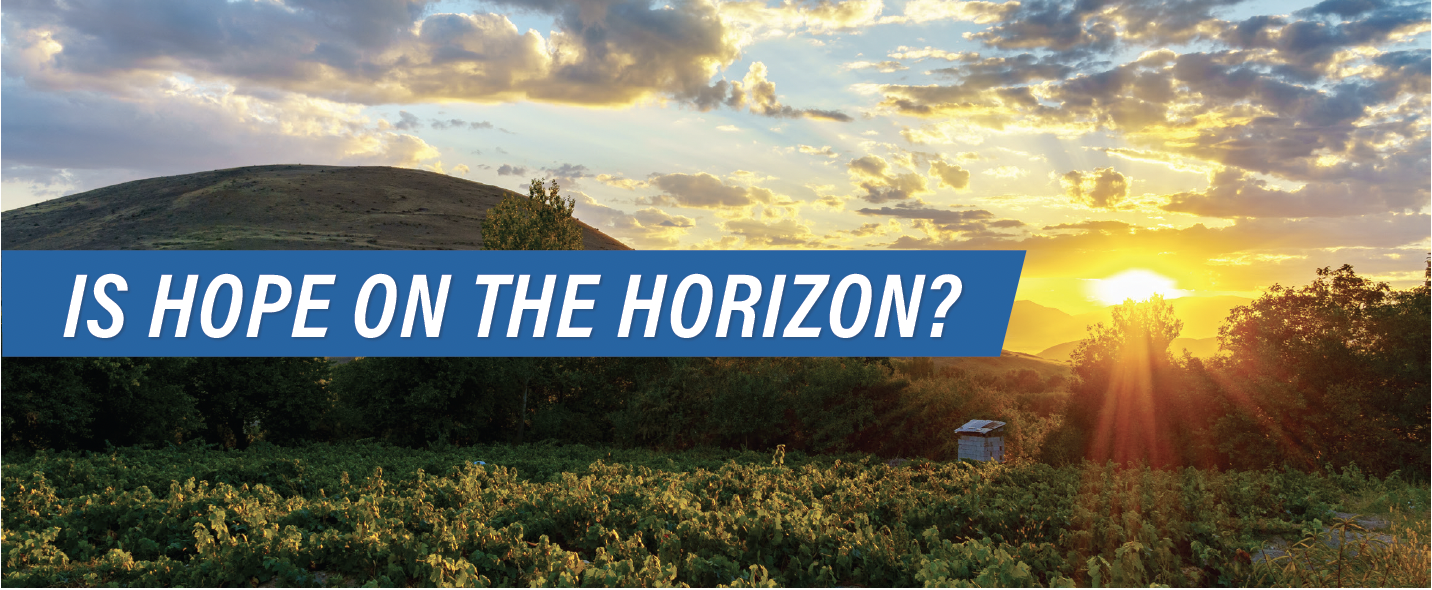v 31.32 | California Flood and Drought Emergency
Welcome to Happening in California, a brief look at political news, insights, and analysis of the world’s fifth-largest economy.
California is experiencing a flood emergency and a drought emergency, at the exact same time. No other fact could better sum up the state of water policy here.
Even so, there may be hope on the horizon, as proposed investments in water storage and conveyance may be gaining critical mass to finally get built. Even in the best case scenario, however, California may be decades away from a stable and reliable water supply system.
Here’s a brief snapshot on this complicated issue...
Cheers,
Tom Ross | President and CEO | Swing Strategies
P.S. Please feel free to forward this email along to friends and encourage them to sign up here.
The Big Picture: The state’s challenge isn’t really a crisis of too much or too little water, but what many observers say is a crisis in leadership.
To be fair, the major stakeholders in water policy —environmentalists, municipal users, and farmers — are rarely going to agree, and brokering any kind of a solution that doesn’t result in one them suing to torpedo it is hard to imagine.
However, the fact remains that California hasn’t built a large reservoir since 1979… when the state’s population was half the size it is today.
Indeed, bold solutions have been proposed before. Sites Reservoir, and its various iterations, is a case study in how to make an infrastructure fight last four decades. And plans for a Delta conveyance system to harness water from the Sacramento River have also been floated, and sunk, for decades.
Since 2000, California voters have passed $27 billion in water bonds, often with the promise of new water storage projects, but nothing new has been built.
In 2014, voters passed Prop 1 with 67% approval, a $7.5 billion water bond act to fund water storage, flood protection, groundwater sustainability and other infrastructure projects. Nine years later, $6.4 billion has been committed to projects, of which only $2 billion has actually been spent.
The closest California has come to building new water storage is Sites Reservoir, the 40-year old proposal that is still at least a decade away from completion.
Had it been built today, as California experiences nearly Biblical rain and snowfall, it could have already captured enough water to serve more than a million residents for a year.
Like California’s $10 billion bond for high-speed rail, a project that has ballooned to $128 billion and may never be completed, water bonds have similarly become notorious for not delivering greater water storage capacity.
That’s not to say nothing has been done with Prop 1 dollars. The Natural Resources Agency reports 1,838 projects have been funded and 760 have been completed. Still, in a world where perception is reality, the concern over how Prop 1 money has been spent – or not – could be an obstacle for a proposed quasi-water bond for the 2024 ballot.
The proposed $4.1 billion bond has a title 31 words long. Deep breath... the “Drought and Water Resilience, Wildfire and Forest Resilience, Coastal Resilience, Extreme Heat Mitigation, Biodiversity and Nature-Based Climate Solutions, Climate Smart Agriculture, and Park Creation and Outdoor Access Bond Act of 2023” would provide funding to help capture stormwater, desalinate ocean water, and promote more water recycling.
But missing from the title is the word, “storage.”
The Bottom Line: As of this writing, California’s snowpack is 200 percent of normal, and could soon set the record for the largest snowpack in the state’s history. At the same time, forecasts of warmer rains from an incoming El Niño are raising fears that snow will melt too fast, overflow reservoirs, and overwhelm rivers and levees downstream.
Statewide, our reservoir system is at 56 percent of capacity, yet regulators are releasing water from some of them already. They’re desperately trying to strike a balance between protecting the state from flooding — because we can’t handle all the water we’re getting— while trying save enough water to get through the years we don’t get enough.
Therein lies the rub, and the reason there’s growing agreement among all parties that state policy on water storage, delivery and conservation is due for an upgrade.




